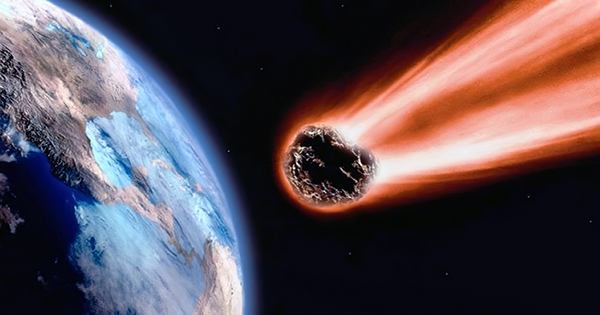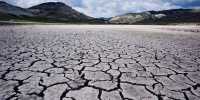Paleontologists’ perspectives on the past are usually a series of snapshots, short moments of time when conditions in a particular place for animal or plant fossils were accurate. But now, they have discovered a single site that amazingly records the evolution of life over 120 million years. Even better, it extends to the Paleozoic, a particularly important but weakly preservative era. The only problem with this is that locations are in the most remote places in the world. On the banks of the Peel River, which joins the Mackenzie Delta in the Arctic Ocean to the north, Science Advances reports that recordings of life on the seabed were discovered 490 to 370 million years ago?
Dr Erik Sperling of Stanford University said in a statement, “Many parts of the world’s history are unconscious to be found in the same place.” “Nowhere else in the world do I know where you can study long history records where there is basically no change in things like the depth of the water or the type of basin?” Even when conditions are primarily conducive to fossilization, geological processes usually undermine what is left behind, leaving only fragmentary records.
Peel River depots began in the Upper Cambrian, at a time when oxygen was too low for the survival of most animals, and ended up in central Devonia when fish gave up on the sea. The whole Ordovician and Silurian eras have been included, with the exception of a few minor interruptions.
In the next survey, we should say a great deal about the species living in these oceans then, which were not on the edge of the Arctic Circle as they are now. Such uninterrupted records can also serve as calibration tools for other deposits, helping to provide a more accurate indication of their timing. “You need an unbroken record to compare across this vast expanse of our history and to understand long-term trends,” says Sparling. Stirling’s paper focuses on what the site reveals about the rise of oxygen. Initially, there was no oxygen in the Earth’s atmosphere or oceans to the Great Oxidation Event that changed it 2.5-2.2 billion years ago, but there is still not enough oxygen to support today’s fast-moving, active life.
















